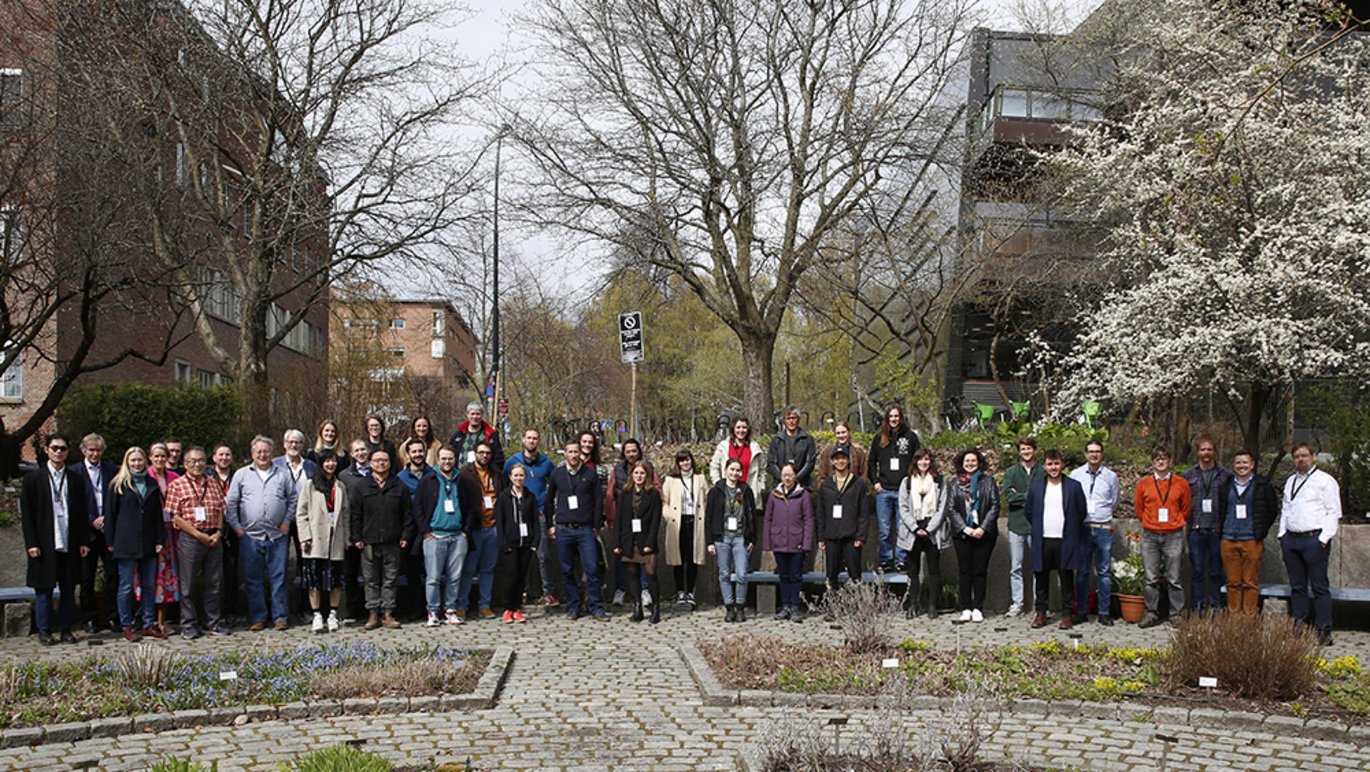NorMIC Workshop gives hands-on experience with cutting-edge microscopy systems
In May 2023, NorMIC celebrated the 10th workshop in a series that has established it as an important Nordic platform for biomedical researchers to gain scientific knowledge on optical microscopy.

Article originally published by Larissa Lily on the website of NCMM: https://www.med.uio.no/ncmm/english/news-and-events/news/2023/normic-workshop-gives-hands-on-experience-with-cut.html
The workshops have gained popularity over the years with their comprehensive mix of theory and practical hands on operation of different high-end microscopes. The 10th NorMIC Workshop on Biological Optical Microscopy this spring attracted 23 participants from around Norway and Europe.
One of the participants was Lana Jachmann, a PhD student from MIMS, who took advantage of the Nordic EMBL partnership’s NordForsk mobility grant to attend the workshop. Lana uses microscopic techniques in her research on Chlamydia, a bacterial pathogen. Attending the NorMIC workshop gave her a chance to get in depth knowledge and gain a better understanding on how to operate a microscope, as well as a comprehensive overview of how everything plays together. She comments:
– It was exciting to get hands-on experience on the newest microscopy systems and to have the opportunity to learn so much about microscopes. You really get to experience many systems and understand the key parts. It was also interesting to meet the engineers and to get their input and in depth explanations about what is good about the cameras, as well as to see what they are excited about and what is possible.
In relation to her own research, the most interesting aspect for Lana was finding out what a big role deconvolution plays.
– Deconvolution is a term I have heard before but I had no idea what it really is, how important it is or how to do it. The first thing I will do when I’m back home, is that I will take my samples and run deconvolution to see how much I can improve them, she says.
She also appreciated learning about the STED application, which allows looking in depth into the cell.
– This is exactly what I needed for my samples, as I was looking for something to boost the resolution, she concludes.
The workshop received financial support from Digital Life Norway, UiO:Life Sciences and BNMI (NordForsk Research Infrastructure Hubs).